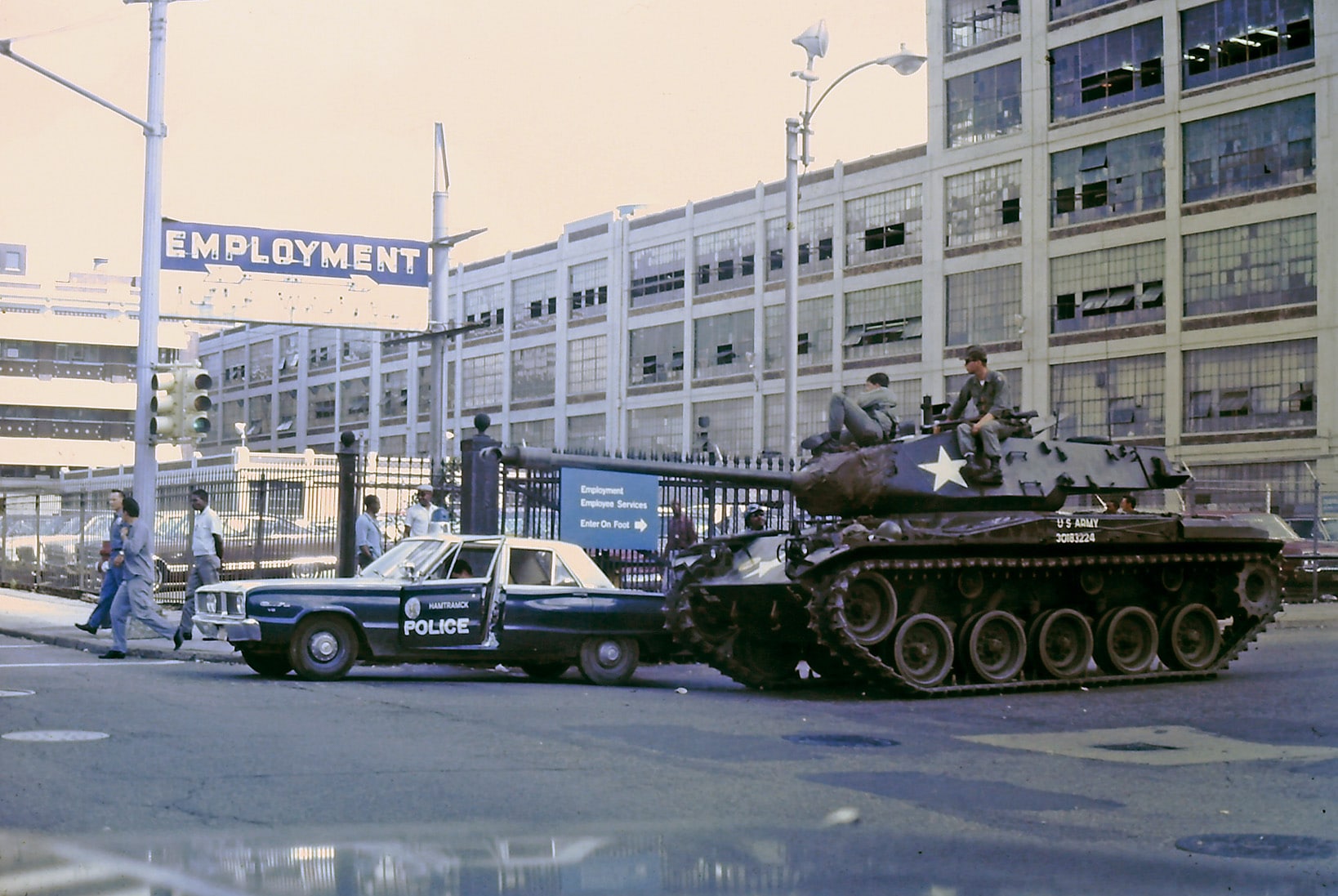“Our nation is moving toward two societies, one black, one white—separate and unequal.” The African-American community in Detroit has still not recovered from the cataclysmic Detroit Riots of 1967. Tanks rolled in the streets of a U.S. city as the phrase coined during the iconic Los Angeles Watts Riots two years previously resonated through the […]
